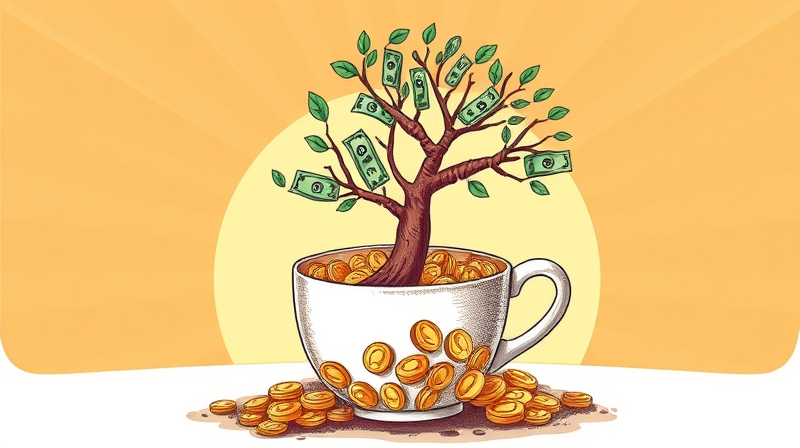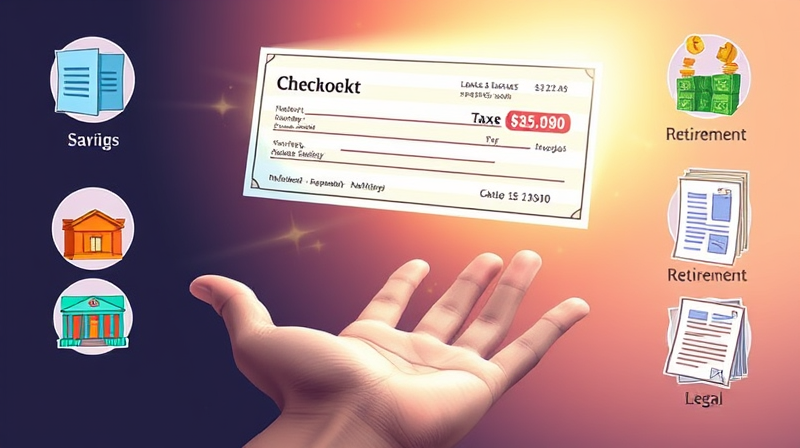
Tracking your expenses can transform your financial life by revealing subtle opportunities to save and reach your goals.
Expense tracking is more than just recording every dollar you spend. It is a self-regulatory financial behavior that empowers you to set meaningful goals and evaluate progress. By logging expenses regularly, you build a bridge between intentions and reality. This process gives you immediate feedback and helps you decide when to adjust your budget.
Research consistently shows a reduction in discretionary spending among those who maintain detailed records. When you see where every cent goes, you develop a feeling the pain of paying that acts as a natural brake on impulse purchases. Over time, this heightened awareness can lead to a higher likelihood of spotting unnecessary spending and building healthier financial habits.
Despite best intentions, many people remain unaware of their true spending patterns. Recent studies highlight a striking gap between perception and reality when it comes to personal finances.
Without systematic tracking, it is easy to miss recurring charges, subscription fees, or small daily expenses that collectively drain hundreds of dollars each month.
Selecting the right method for expense tracking depends on your personality, lifestyle, and the level of detail you prefer. Each technique offers unique benefits and potential drawbacks.
Each method offers a different balance between effort and insight. Experiment to find the one that feels sustainable and keeps you consistently engaged.
Deciding between manual and automated methods often comes down to your need for involvement. Manual entry—whether in a journal or spreadsheet—forces you to engage actively with each transaction. This engagement enhances your memory of past expenditures and deepens financial self-awareness.
On the other hand, automated apps sync directly with bank and credit card accounts, categorizing expenses instantly and providing overviews at a glance. While convenient, this passivity can result in less attention to detail, potentially masking small leaks in your budget.
For many, a hybrid approach works best: enter major purchases manually and rely on app imports for daily transactions. This blend can deliver both convenience and the clarity needed to uncover hidden savings.
When choosing an app, consider subscription costs, user interface, and customer support. Read reviews to verify reliability and data security before linking financial accounts.
Data visualization transforms raw numbers into insights you can grasp instantly. By leveraging charts and tables, you can quickly pinpoint areas of overspending. Common visual tools include:
These visuals can uncover subtle patterns—perhaps an unnoticed monthly subscription, gradual price increases, or lifestyle creep—enabling you to act quickly. Many users report uncovering hundreds of dollars of unnecessary expenses within weeks of reviewing clear graphs.
Starting simple is better than not starting at all. Even logging just one week of expenses can reveal surprising leakages and lead to actionable strategies.
No method is perfect. Manual tracking requires ongoing discipline and can feel tedious over time. Automated tools may hide the very details you need to see for meaningful change. Subscription fees or limited free features can also create barriers.
Set micro-goals—such as tracking only coffee and snacks for two weeks—before expanding to all categories. These small wins boost motivation and establish the habit of consistent review.
Ultimately, the most powerful tool is consistent monitoring, coupled with a willingness to adjust your approach as you learn more about your spending behaviors. By turning attention to every transaction and using the right combination of methods and tools, you can discover hidden savings and keep your financial goals firmly on track.
References













